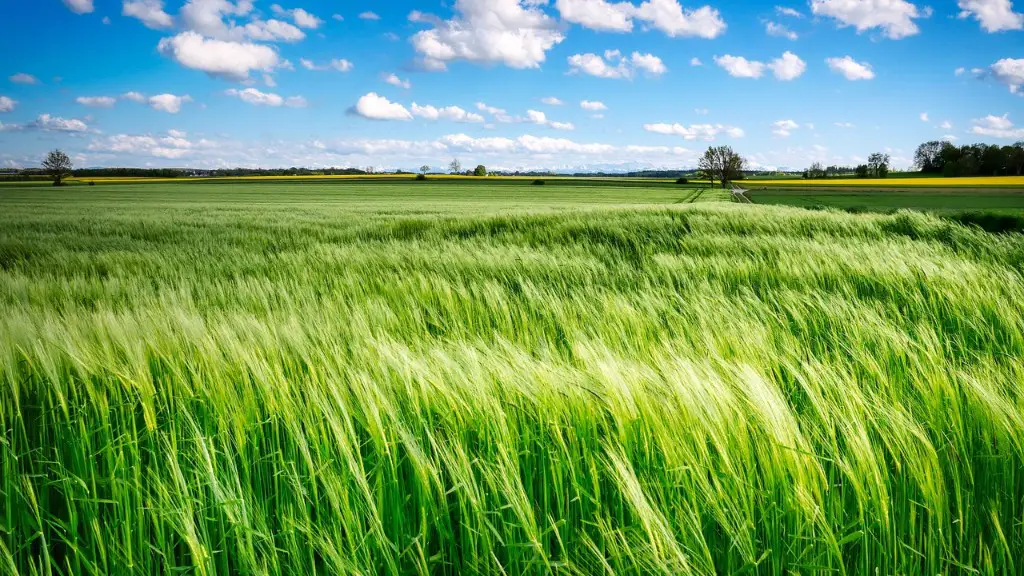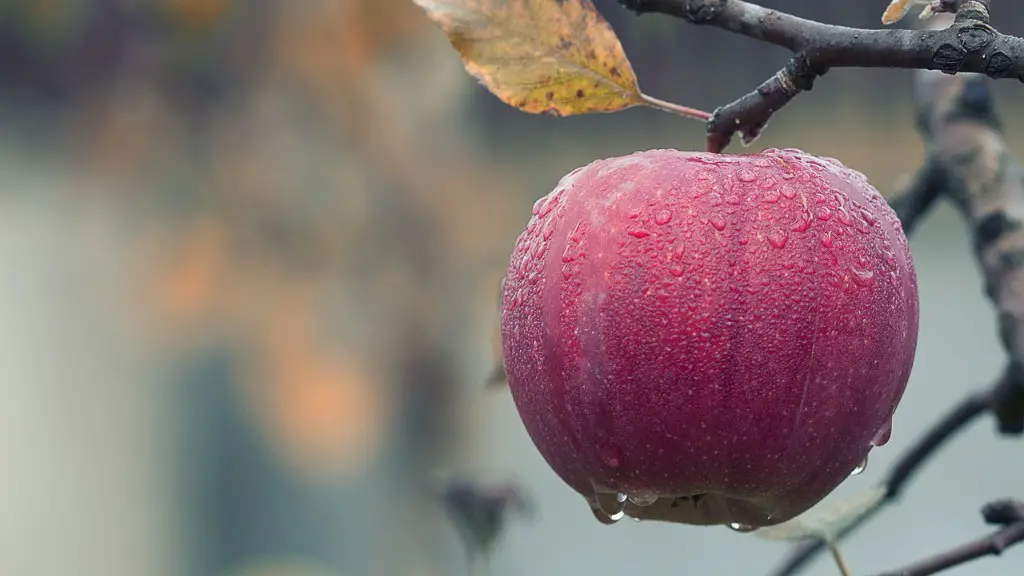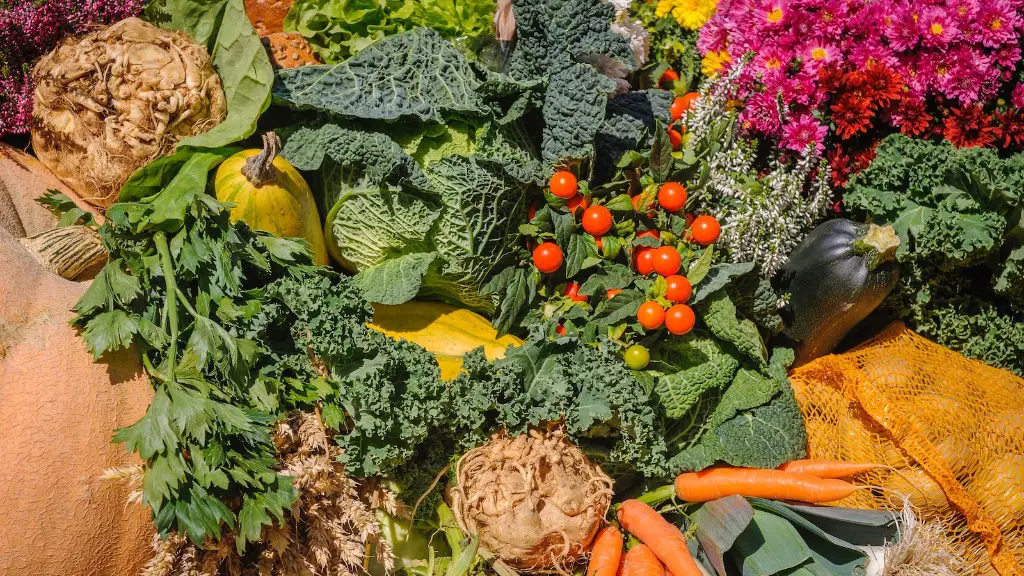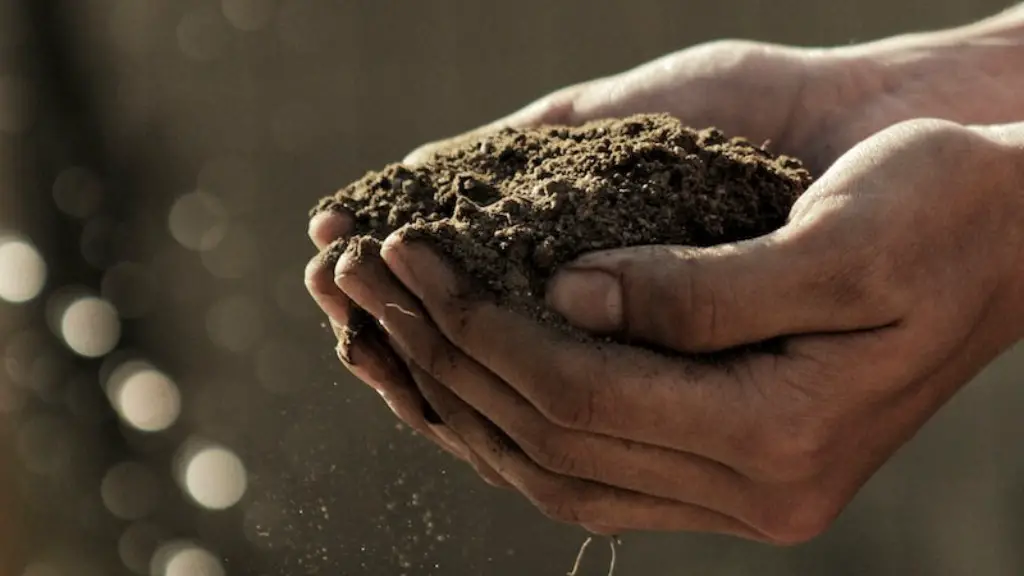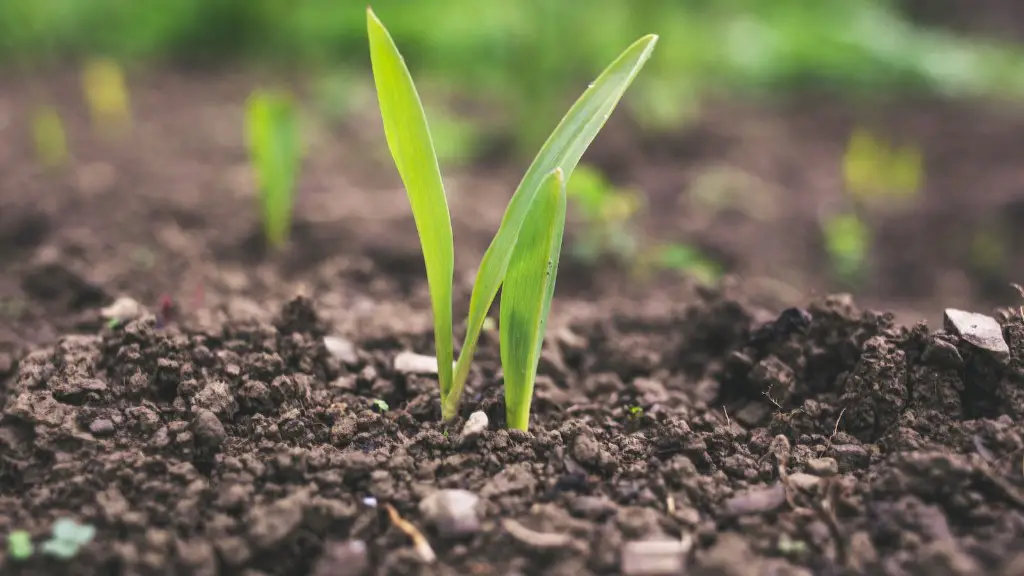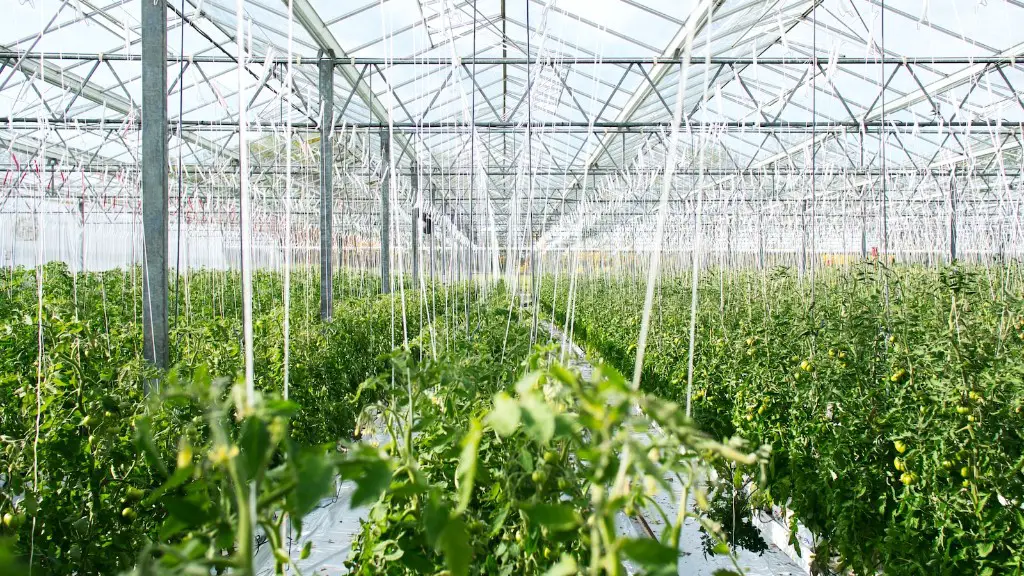Drones are frequently used in agriculture for crop monitoring. By flying over fields and using special cameras, drones can quickly and easily identify problem areas in crops. This information can help farmers to make better decisions about irrigation, planting, and pesticide use.
Agricultural drones are unmanned aerial vehicles (UAVs) that are used to help with various tasks on farms, such as mapping and surveying crops, applying pesticides and herbicides, and even watering plants. Farmers can use drones to get a bird’s-eye view of their crops and see areas that need more attention. Agricultural drones can help save time and money, and improve the efficiency of farming operations.
What kind of drones are used in agriculture?
While there are many drones available today, not all of them can be utilized in agriculture. Those that are suitable for farming, fall into two categories: fixed-wing and multi-rotor drones. The cost and payload capacity of both types are similar.
Fixed-wing drones are more efficient in covering large areas, but they require a larger launch and landing area. Multi-rotor drones are more maneuverable and can take off and land in smaller spaces, but they are not as efficient in covering large areas.
Drones are becoming increasingly popular in the agricultural industry as a way to target small areas of crops for treatment with herbicides or pesticides. This allows farmers to avoid spraying large areas of land and potentially damaging the soil. Drones are equipped with reservoir attachments that hold smaller amounts of spray, making them more efficient and effective at treating damaged crops.
What are 4 advantages of using drones on farms
Drones have a number of advantages over traditional aircraft and other methods of data collection. They are much cheaper to operate and maintain, and their lightweight design makes them easy to transport and deploy. Drones are also able to collect data more accurately than other methods, and their pilots can operate them remotely, which reduces the risk of accidents.
Drones are now also used in a range of civilian roles, including the following: search and rescue, surveillance, traffic monitoring, weather monitoring, firefighting, personal use, drone-based photography, videography.
How far can agricultural drones fly?
The SenseFly eBee SQ is a fixed-wing UAV with a maximum speed of 40-110 km/h. It has a flight time of 55 minutes and a maximum range of 8 km.
Drones are becoming increasingly popular in the agriculture industry as farmers look for ways to optimize their operations. By using drones, farmers can more accurately apply inputs such as seed, fertilizers, and water, and react more quickly to threats such as weeds, pests, and fungi. Drones can also be used to scout fields and collect data on crop growth, which can help farmers make more informed decisions about treatments and actions. In addition, drones can be used to create variable-rate prescriptions in real time and estimate yield from a field.
Why are drones the future of farming?
Drones are changing the face of agriculture by providing farmers with cost savings, enhanced efficiency, and more profitability. By quickly surveying vast stretches of farmland, drones can map the property, report on crop health, improve spraying accuracy, monitor livestock and irrigation systems, and more. This technology is revolutionizing the way farmers do business and increasing their bottom line.
Drones are now being used for a variety of purposes, from monitoring climate change to carrying out search operations after natural disasters. They are also being used for photography, filming, and delivering goods. However, their most well-known and controversial use is by the military for reconnaissance, surveillance, and targeted attacks.
What are three 3 benefits of using the drone
Drones are becoming increasingly popular for a variety of applications. Here are six of the biggest benefits of drones and drone technology:
1. Makes Inspections More Efficient: Drones can be used to quickly and easily inspect hard-to-reach or dangerous areas, such as the inside of a chimney or the roof of a building.
2. Helps Greatly With Scientific Research: Drones can be equipped with various types of scientific equipment, such as weather sensors or cameras, to help researchers collect data in difficult or dangerous environments.
3. Makes Delivery Easier: Drones are being used by a growing number of companies to deliver goods, such as packages and food. This can be a faster and more convenient option than traditional delivery methods.
4. Helps Emergency Responders Save Lives: Drones can be used to quickly assess a hazardous area, such as a gas leak or chemical spill, and identify the best way to respond. They can also be used to deliver lifesaving supplies, such as defibrillators, to people in need.
5. Military Applications: Drones are playing an increasingly important role in military operations, such as surveillance, intelligence gathering, and airstrikes.
6. Great
Precision farming is a type of agriculture that relies on technological advances to increase yields and decrease inputs. Drones can play a big role in precision farming by performing tasks such as soil health scans, crop health monitoring, irrigation scheduling, and fertilizer application. In addition, drones can be used to gather yield data and provide valuable information for weather analysis. By utilizing drones, precision farmers can increase yields while decreasing inputs, making agriculture more efficient and sustainable.
What are 3 things drones can be used for?
The military and aerospace industries are the original sectors to have adopted drone technology. However, over time, this technology has found its way into the mainstream for sectors like videography, search and rescue, agriculture, and transportation because of the enhanced levels of safety and efficiency that drones bring.
Drones are an incredibly useful tool for farmers, allowing them to survey their crops and land easily and efficiently. Drones can be used to monitor crop health and growth, spot pests or diseases, and assess irrigation and drainage needs. They can also be used to monitor livestock, checking for injuries or illness, and keeping an eye on grazing patterns. Drones can even be equipped with thermal cameras to allow for surveillance at night.
What are the disadvantages of using drones in agriculture
Agricultural drones have become increasingly popular in recent years as a tool to help farmers with a variety of tasks, from crop mapping to crop dusting. However, there are some limitations to consider when using drones in agriculture.
First, drones are reliant on good weather conditions. If it is raining or windy, it is not advisable to fly drones as they may not function properly or could be damaged.
Second, an average farmer may struggle to understand all the features and functions of a drone. It takes time and practice to learn how to operate a drone effectively.
Third, in some countries it is necessary to obtain government clearance to use drones. This can be a time-consuming process.
Fourth, drones with more features and functions tend to be more expensive. farmers need to weigh up whether the benefits of using a drone justify the cost.
Drones can be a great asset for agricultural operations. They can be used for a variety of tasks such as spraying, surveying, and mapping. However, there are a few things to keep in mind when it comes to drones. First, they can be expensive. Prices can range from $1,500 to over $20,000 for a commercial grade spraying drone. Second, you need to be certified to fly a drone commercially. The FAA views agricultural drone activity as a commercial drone operation so you have to have a Remote Pilot Certificate to fly. More details on that process can be found here.
What are the advantages and disadvantages of agricultural drones?
Agricultural drones offer many potential benefits for farmers, including the ability to more efficiently cover large areas, the ability to map and monitor crops, and the ability to target specific areas for spraying. However, agricultural drones also come with some potential drawbacks, including the cost of the technology and the need for regular updates as technology changes. There are also legal restrictions on the use of drones in some countries.
If you’re looking for a drone applicator that can cover a lot of ground quickly and efficiently, you’ll want to look for one that charges around $11-14 per acre. This is a competitive rate with traditional aerial applicators, so you can expect similar quality and service.
Conclusion
One of the most common use cases for drones in agriculture is crop mapping and analysis. Drones can quickly and easily cover large fields to generate high-resolution maps, which can be used to track crop health, optimize irrigation, and more.
Drones are used in agriculture for crop mapping, crop dusting, and crop spraying. They are also used for bird and predator control.
